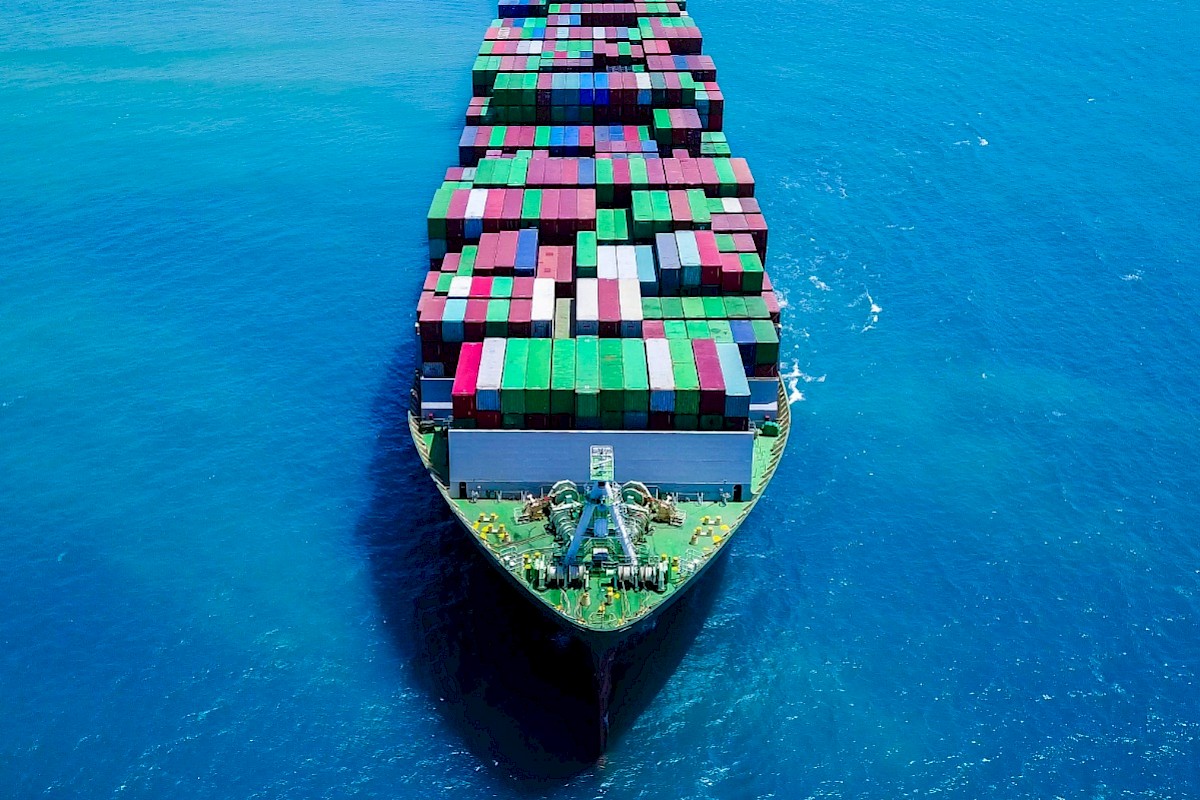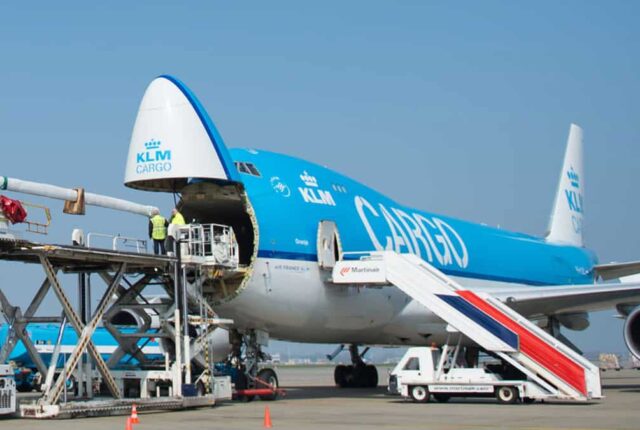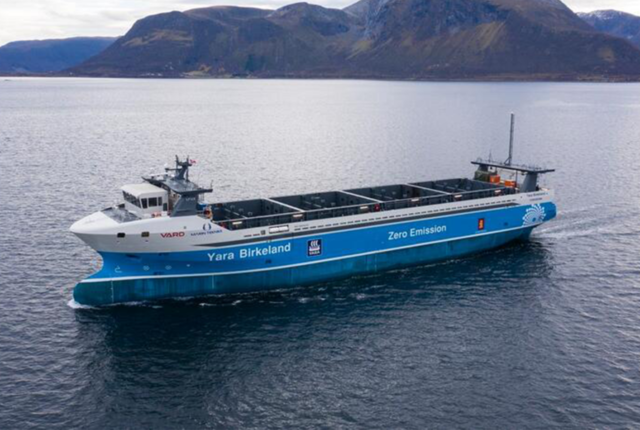
Exploring Sea Freight’s Future: Insights and Trends
Imagine a world where goods move across the globe as seamlessly as fish swim through the ocean. That’s the dream of the sea freight industry. But dreams aside, let’s talk reality. How is the industry evolving to meet the demands of a rapidly changing world?
The Current State of Sea Freight
Sea freight is currently navigating through turbulent waters, with global trade tensions, environmental regulations, and the need for digital transformation steering the course. But, like a seasoned captain, the industry is adapting and finding new routes to success.
Technological Innovations in Sea Freight
From autonomous ships to IoT-enabled containers, technology is setting sail to uncharted territories. These innovations not only promise efficiency but also a reduction in the carbon footprint of sea freight.
Environmental Sustainability
The sea freight industry is increasingly anchoring its operations in sustainability. With the adoption of cleaner fuels and energy-efficient ships, it’s charting a course towards a greener future.
Regulatory Changes and Compliance
Navigating the sea of regulations is a challenge for the industry. Yet, staying compliant is not just about avoiding rough waters; it’s about sailing towards safer, more sustainable practices.
The Impact of Global Trade Policies
Trade policies can create waves that rock the sea freight industry. Understanding and adapting to these changes is crucial for smooth sailing in international waters.
Advancements in Container Shipping
Containers are the lifeblood of sea freight. Innovations in container technology and management systems are improving how goods are transported, tracked, and delivered.
Digitalization and Blockchain in Logistics
Digitalization is the compass guiding the industry towards efficiency and transparency. Blockchain, in particular, holds the potential to revolutionize how we manage and secure shipping documentation.
The Role of Artificial Intelligence
AI is the lookout on the mast, helping to predict and navigate through the complexities of logistics. From optimizing routes to predictive maintenance, AI is a valuable crew member in the sea freight vessel.
Challenges Facing Sea Freight
Despite the advancements, challenges such as port congestion, environmental concerns, and geopolitical tensions remain. Addressing these issues is crucial for the industry’s future voyage.
Opportunities Ahead
With challenges come opportunities. The industry is poised to embrace new markets, technologies, and practices that can propel it forward.
The Future of Sea Freight Costs
Costs are always on the horizon for sea freight. Fuel prices, environmental regulations, and technology investments will shape the future cost landscape.
Preparing for the Sea Freight Future
To navigate the future successfully, stakeholders must be adaptable, forward-thinking, and committed to innovation. It’s about setting the sails in the right direction and adjusting to the winds of change.
Conclusion
The future of sea freight is as vast and deep as the ocean itself. By embracing innovation, sustainability, and resilience, the industry can ensure that it remains a vital artery of global trade.
FAQs
- What technological innovations are shaping the future of sea freight?
Technological innovations such as autonomous ships, IoT-enabled containers, and blockchain are revolutionizing the industry by enhancing efficiency and sustainability. - How is the sea freight industry addressing environmental concerns?
The industry is adopting cleaner fuels, energy-efficient ships, and implementing practices that reduce its environmental impact. - What role does digitalization play in sea freight logistics?
Digitalization improves efficiency, transparency, and security in logistics, with technologies like blockchain playing a pivotal role. - What are the major challenges facing sea freight?
Challenges include port congestion, environmental regulations, geopolitical tensions, and the need for digital transformation.






